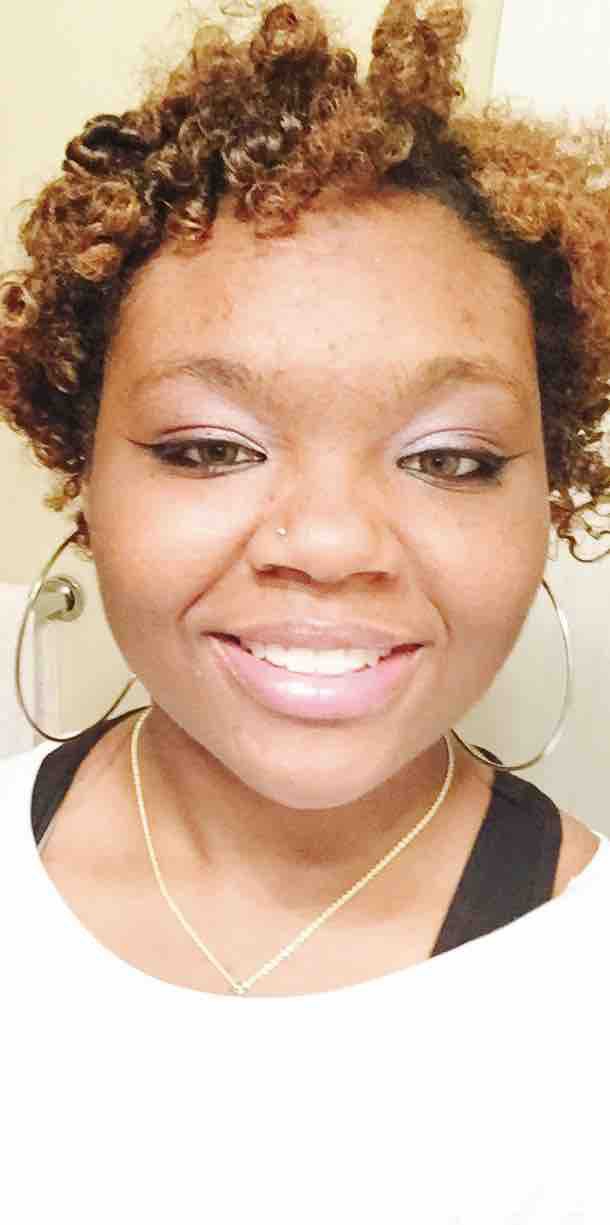
Women all around the world are demanding that their voices be heard and they continue overcoming obstacles and hardships due to their femininity. Digital publishing is opening doors to allow women a platform to express themselves and the issues they face.
Oprah Winfrey tweeted: “We are enough. We matter. We are NOT invisible. Girls around the world are having their say. This is the moment to listen — # GirlDeclaration.”
Feminism, as a movement, is a fight for equal rights. The campaign challenges the traditional assumptions of social roles for men and women. Through feminism, women feel empowered to have their voices be heard. The movement intends to demolish the hierarchy and create equality for everyone.
Today, feminism is a movement that defines, establishes, and desires to achieve the political, economic, personal, and social equality of the sexes.
Feminism has gained an abundance of attention and revenue due to digital publishing. Feminists choose to publish online because it allows them to reach more readers than ever before. Through digital publishing, women can create and control their craft.
The platform allows women to take a stand on issues and topics that often are overlooked or unknown to other individuals. Digital publishing gives feminists a new platform to use their freedom of speech to empower and motivate women all around the world.
At one point in time, feminist bookstores were mainly where female-made publications were obtained. Female writers have always dealt with the issue of being muted, oversimplified or objectified. Today women writers have numerous more opportunities than they have ever had in the past.
According to Simone Wolff:
This Times article about indie authors who started for kindle and now run their own publishing houses — all of which, incidentally, are women — claims that only 30% of readers engage only with print publications. The rise of the eBook and the internet’s facilitation of the woman-centric literary community has even created new forms of book distribution and literary community-building.
E-books and Kobo have become an essential aspect of keeping feminist books relevant and flourishing.
E-books give female writers a more significant opportunity for past, present, and future publishers to project their books. Simone Wolff explains, “Emily Books is perhaps the first of its kind, a chimera-like entity that combines eBook store, book club, subscription, and publishing house, all to a decidedly-feminist end.”
Emily Books explores and praises the famous works of past and present female writers. According to the “How Digital Publishing Has Changed Feminist Writing”:
Emily Books is, essentially, an online feminist bookstore. It even hosts a book club of sorts, in its subscription service, which comes with access to a community forum. But unlike the websites of pre-existing feminist bookstores, which are strictly for commerce and tend to have a GeoCities feel, Emily is an exercise in feminist taste-making.
Emily Books is providing an innovative service necessary for the innovative ideas of the evolving feminist.
Women & Children First partnering with Kobo, a Canadian company that sells e-books and other digital paraphernalia, is the reason the company exists today. Kobo digitally stores many feminist texts; thus, Women & Children First becomes one of the go-to bookstore websites for searches dealing with feminism and queer or gender studies.
Women were once second-class citizens, and the effects of stereotypes and gender roles still exist. Because of the continuing effects, feminist books are more obtainable digitally through e-books, Kobo, and other electronic devices. According to The Rising Feminist Magazines You Need to Start Reading:
We are fortunate to have this category growing on our platform–especially with these incredibly talented women creating content that inspires and brings awareness to important issues like women’s empowerment. It is through that access that we can ensure awareness and manifest change.
Female writers have been able to build powerhouses due to their digital platform. Today, many female powerhouses exist, such as writers like J.K Rowling, Stephanie Meyer, Joyce Carol Oates, and Margaret Atwood. Women all over the world are finding it easier to be heard every day through digital publishing.
Feminist presses allow women to empower themselves, whether they are in the workplace, at home, or in their everyday lives. Their publications provide the ability to connect with their readers on a deeper level. Digital publishing brings together voices that speak on educational, health, and social justice issues for women all around the world.
Digital publishing has been one platform that feminists have been able to adapt to their needs. Today many female powerhouses exist, such as writers like Joyce Carol Oates and Margaret Atwood. Through Digital publishing, feminist books, essays, magazines, and articles are easily obtainable electronically. Feminism has made a profound mark with the help of digital publishing and they are here to stay.